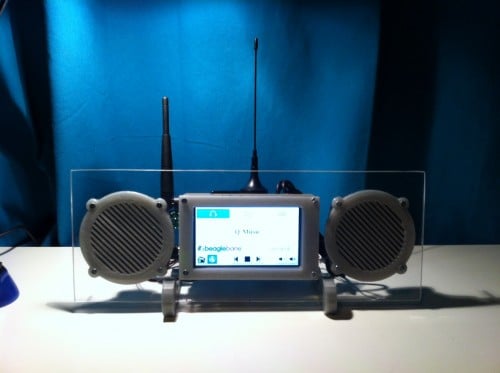Receiving VOR Radio Navigation with an RTL-SDR and GNU Radio
Over on YouTube user hpux735 has uploaded a video where he explores the feasibility of receiving VOR radio navigation signals using GNU Radio and an RTL-SDR. VOR is an acronym for VHF Omni Directional Radio Range and is an older method of navigation used by aircraft which is quickly being made redundant due to GPS navigation. VOR uses two signals, one master omnidirectional signal and one rotating directional signal. By doing some calculations on the received phase of these two signals it is possible to determine the angle of the aircraft from the transmitter.
In the video hpux735 explains and discusses the VOR signal and also shows how to use these signals for navigation with an RTL-SDR and GNU Radio flowchart. To receive the VOR signal he uses an RTL-SDR to record the VOR signal while he drives around with a car. Then later he uses his GNU Radio program to generate a plot that shows when he is moving and in which direction.
hpux735 has also uploaded some supplemental material over on his blog. In the future he hopes to correlate his VOR results with GPS coordinates that he will take whilst actually flying around.



